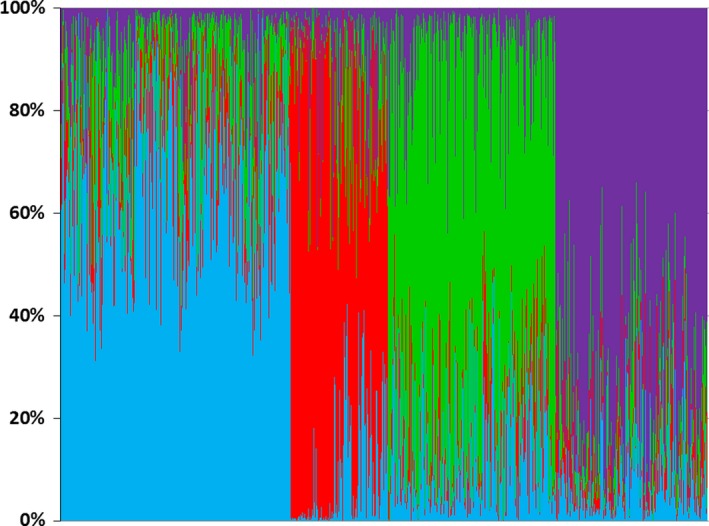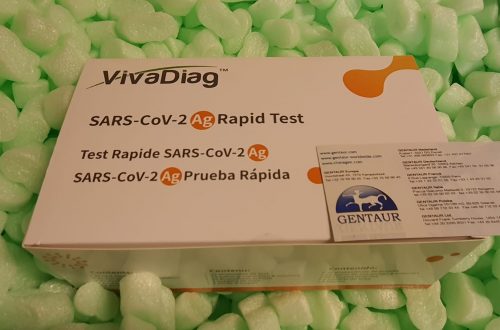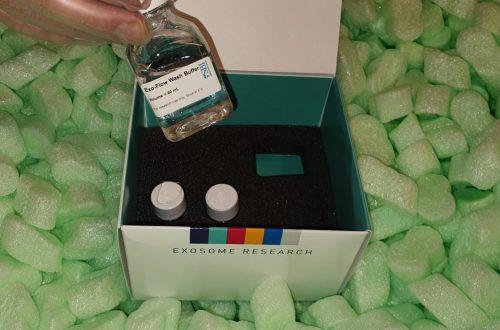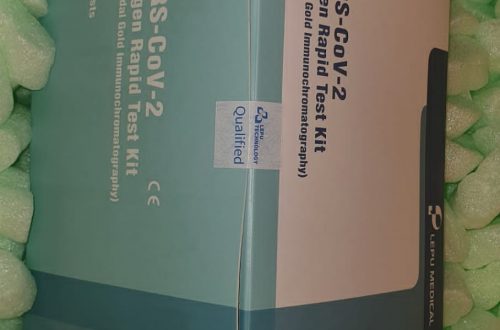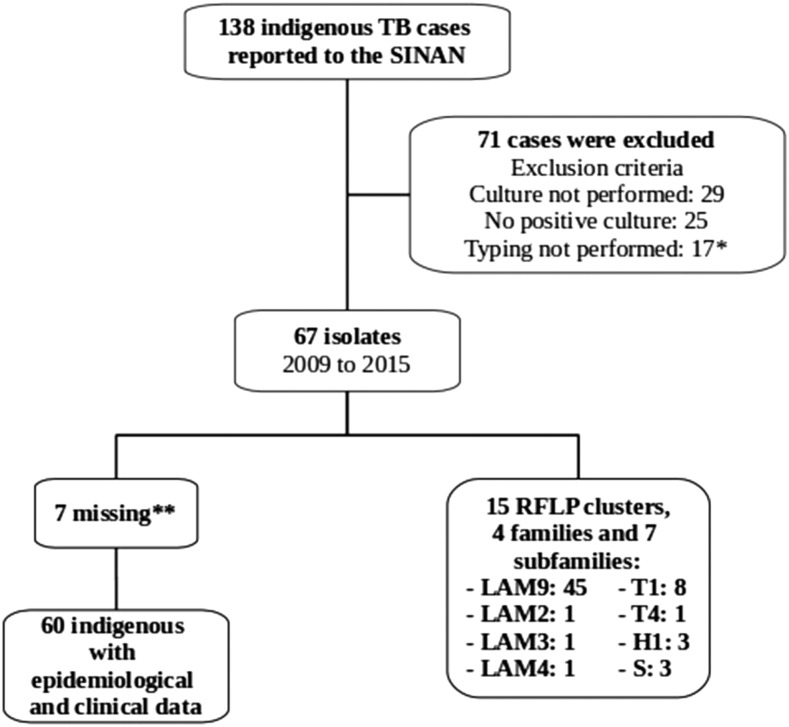
Genetic Clustering of Tuberculosis in an Indigenous Community of Brazil.
We conducted a population-based study of tuberculosis (TB) from 2009 to 2015 in an indigenous community of Brazil, the largest in the country, to investigate risk factors associated with recent TB transmission.
The clinical isolates of Mycobacterium tuberculosis were genotyped by IS6110-RFLP (restriction fragment length polymorphism) and spoligotyping analysis.
Among 67 isolates typed by RFLP, 69% fell into fifteen clusters, and 91% of TB cases with shared IS6110-RFLP pattern were diagnosed within 2 years of another case in the cluster. Individual risk factors associated with genetic clustering were domestic overcrowding (odds ratio [OR]: 6.10; 95% confidence interval [CI]: 1.50-24.88) and low social class (OR: 3.72; 95% CI: 1.00-13.98).
Most reported contacts (76%) were identified within the household of the index TB case, but most of the genetic clustering of M. tuberculosis occurred outside of the household (79%). Expanded contacts investigation and prophylaxis outside of household should be considered as a priority for TB control programs in this population.
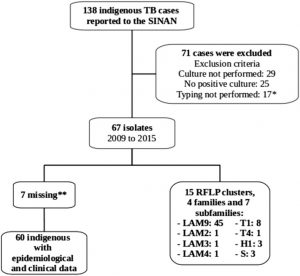
Population Genetic Diversity and Clustering Analysis for Chinese Dongxiang Group With 30 Autosomal InDel Loci Simultaneously Analyzed.
In comparison with the most preferred genetic marker utilized in forensic science (STR), insertion/deletion analysis possesses further benefits, like absence of stutter peak, low mutation rate, and enabling mixed stain analysis.
At present, a total of 169 unrelated healthy Dongxiang individuals dwelling in Dongxiang Autonomous county of Gansu province were recruited in our study to appraise the forensic usefulness of the panel including 30 autosomal diallelic genetic markers.
The insertion allele frequencies were in the range of 0.1598 at HLD 111 to 0.8550 at HLD 118. The cumulative match of probability and the combined probability of exclusion were estimated based on independence of pairwise loci, with the values of 3.96 × 10-11 and 0.9886, respectively, which showed tremendous potential of this panel to be qualified for forensic personal identification in Chinese Dongxiang group.
And it could also be used as a complementary tool for forensic parentage testing when combined with standard STR genetic markers.
Furthermore, calculation of the DA distance and Fst values of pairwise populations, phylogenetic reconstruction, multidimensional scaling analysis, structure clustering analysis were also conducted to probe the genetic relationships between Dongxiang group and the other 30 reference populations. Results demonstrated that Dongxiang ethnic group might be genetically closer related with most Chinese populations involved in our study, especially Tibet groups, Xibe group, and several Han populations.

